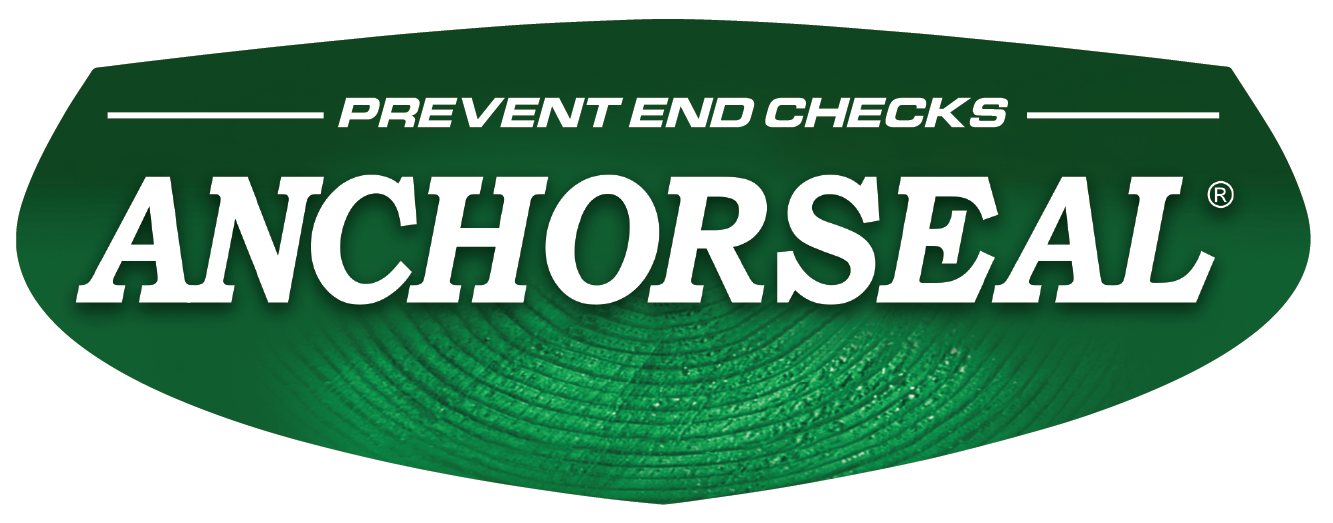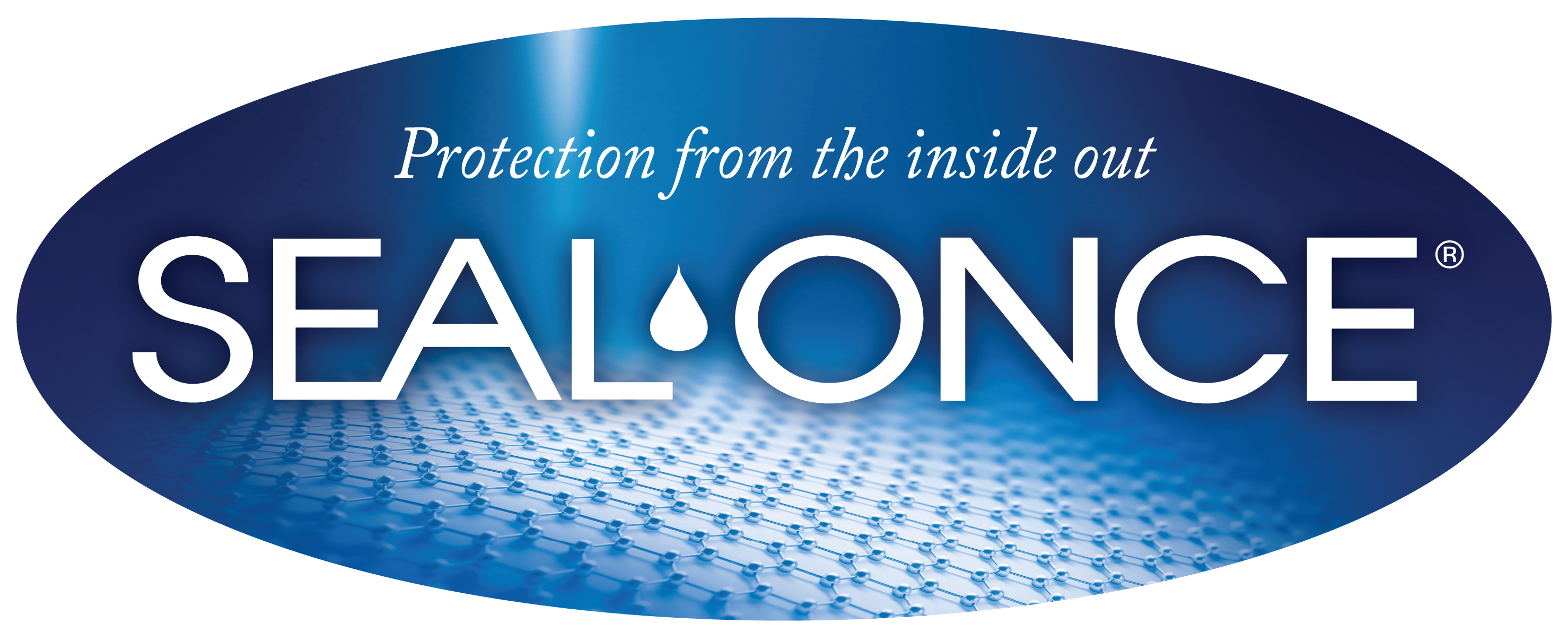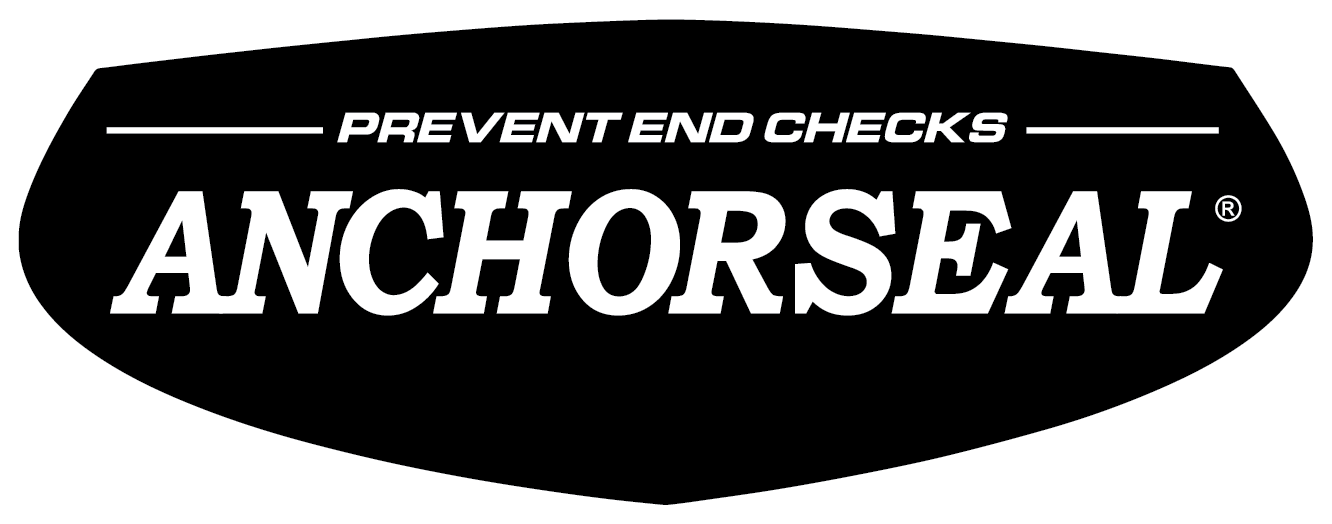Today vault lights are a decorative throwback bringing vintage Americana charm and architectural appeal to urban streetscapes. But a century ago, they were an innovative solution installed on walkways allowing natural light into subterranean spaces. Their simple design – clear or tinted glass prisms in cast iron panels – created a hidden city below street level and put the Victorian urban populace wary of darkness and grunge at ease.

18th St. Subway Station, New York City, 1905 – Photo from glassian.org
Although present in many urban areas across the United States, vault lights were extensively used in New York City. They were installed above 20 New York City subway stations throughout the late nineteenth century. Even now, you can see them lining the sidewalks of Soho. By design, they provided enough natural light that very little artificial light was needed. Likewise, at night when the stations were lit up, the vault lights provided some illumination to the sidewalks above.

Vault light installation, New York City, 1902 – Photo from glassian.org
Over the decades, when these vault lights deteriorated, many were simply paved over or covered by steel plates as if they were never there, erasing significant architectural detail from the streetscape. Covering them also accelerated the corrosion process, trapping moisture with the cast iron and breaking the glass. While the restoration work isn’t cheap, vault lights’ enduring appeal for building owners and preservationists alike drives new projects throughout New York City.

Vault light panels covered by steel plates, New York City, 2011 – Photo from O.K. Foundry
O.K. Foundry of Richmond, Virginia was commissioned to restore the cast iron vault light panels for the sidewalk, treads, and risers at 36 Hudson in New York City – its first of several subsequent vault light panel restoration projects. Contractors working on the building renovation contacted them based on their unique historic and architectural restoration experience to find out if they could help. O.K. Foundry was able to cast the replacement panels using ductile iron to exactly match the original panels.

Original vault light panels, New York City, 2011 – Photo from O.K. Foundry
Initially, O.K. Foundry considered offering only the casting and asking clients to put glass in themselves, but they soon realized that this is a lost art. No one knows how to do it anymore and contractors may not have the means or inclination to fully research and test it. Two additional elements were key to a successful restoration: appropriate glass prisms and a flexible but strong embedment material. O.K. Foundry designed the glass prism profile and built the molds. They then enlisted Gillinder Glass to create good, consistent reproductions of the glass prisms using those molds.
However, the perfect embedment material required investigation since products no longer exist specifically for this application nor are they labeled for this use. O.K. Foundry based their product search on the uniqueness of the project and meeting very specific building codes for sidewalks in New York City – the need to support at least 20,000 pounds of weight, enough for multiple trucks. They realized a branded product from a company that provides quality restoration materials and has a known performance record would best suit the project. After testing various materials, O.K. Foundry chose Abatron’s BestBond Crack Repair, the only product that fulfilled their engineering needs. The two part epoxy system is specified for exterior and structural use, and it has enough flexibility to handle thermal expansion and contraction as well as the weight bearing specifications outlined in the New York City building code. It’s also a true adhesive that will bond to both iron and glass.

Mixing BestBond Crack Repair two part epoxy and putting it into applicator bottles – Photo from O.K. Foundry
James O’Neil, owner and chairman of O.K. Foundry, adds, “I still believe that the BestBond Crack Repair product is the best material for sealing glass prisms into these structural cast iron panels. There is no other real precedence for this. The neighborhood of Soho in NYC is full of these lighted cast iron panels nearly 100 years old with various sizes of glass prisms installed with legacy materials, so the application has significant historical precedent. And I think it is reasonable to conclude that our use of modern materials in a similar fashion should easily exceed the performance of the original panels.”

Using an applicator bottle to inject BestBond Crack Repair into the replacement vault panel pockets – Photo from O.K. Foundry
To recreate the vault light panels, the panels are cast with a fairly oversized pocket. Silicone is added to the bottom of each pocket to hold the glass in place, leaving a 1/8 inch gap between the prism and the casting. BestBond is then injected into that gap to adhere the iron and glass. To achieve the desired weathered look of century old cast iron, the panels “flash rust” outdoors. Once a good coating of rust appears, a product called BLACK-MAX™ Cathodic Rust Arrestor is applied to darken and contain the rust. This superficial effect makes the panels look nearly identical to the 19th century originals without sacrificing structural strength.

Replicate vault light panels in New York City cast by O.K. Foundry – Photo from O.K. Foundry
So far, O.K. Foundry has only had the opportunity to cast replacements rather than preserve and refurbish existing vault lights, but O’Neil says that’s something he wants to see in the near future. Not only will it prevent building material from ending up in a landfill, but it will preserve the diversity of the glass and panel arrangements found in New York City. Restoration would also be less expensive for building owners if more of the original material could be saved. O.K. Foundry is designing ways to retrofit existing panels with additional iron supports to meet today’s building standards.
O.K. Foundry offers a complete and customized solution for both replacing and renovating cast iron vault panels. They are the leaders in preserving this unique architectural feature that harks back to New York City of the industrial age. Visit O.K. Foundry’s project gallery for more information on other vault light panel restoration projects. Their next project is at 547 Broadway and we can’t wait to see the progress.

Vault light panel installed at 36 Hudson, New York City – Photo from O.K. Foundry













